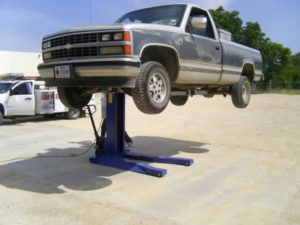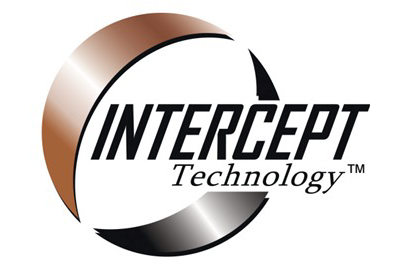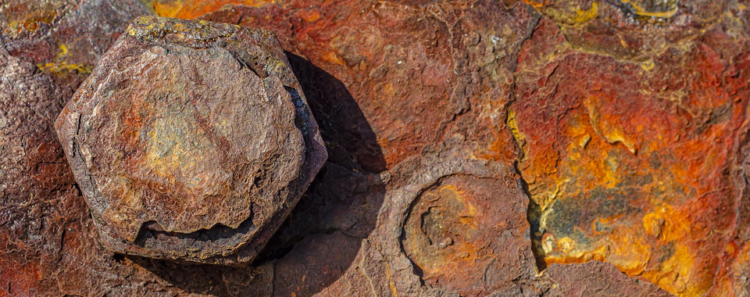RUST is iron’s OLD HABIT. It is the byproduct of iron and moisture, is inexorable, and stopping it is hard work. Unless iron is placed in an atmosphere containing literally 0% moisture, it will rust. Such places do not exist with the exception of labs and testing facilities.
As correctly stated by Wikipedia -- "Given sufficient time, any iron mass, in the presence of water and oxygen, could eventually convert entirely to rust.
Surface rust is commonly flaky and friable, and it provides no protection to the underlying iron, unlike the formation of patina on copper surfaces. Rusting is the common term for corrosion of iron and its alloys, such as steel. Many other metals undergo similar corrosion, but the resulting oxides are not commonly called rust."

View "Rusting - Iron + water + oxygen = iron oxide" Video On YouTube
Rust (Iron III Oxide)
Rust’s scientific name is Iron (III) Oxide.
It’s an extremely common occurrence because our atmosphere is laden with water vapor. Any iron that comes in contact with H20 will eventually form rust. This isn’t speculation as much as it is scientific fact. Iron (III) Oxide forms as a result of iron and steel’s oxidation reaction with the atmosphere. Introduce salt or acid into the equation and the oxidation process happens even faster.
This is because salt and acid act as catalysts in the redox process.

Negative Effects of Rust
Let's take a look at the effects of rust on an investment that most people will make at one point in their lives – an automobile.
There’s a few things someone who is in the market for a used automobile will want to look at. Mileage, accident reports, maintenance records, tires, color and paint condition are all standard inspection points.
Experienced car owners, however, will also want to get a good look underneath the vehicle. The underside of an automobile is the area constantly exposed to its three most corrosive elements: snow, rain and salt.
These three spell disaster and result in extensive degradation to metals.
I bring up the effects of rust on automobiles because it’s something that most people are familiar with. Some may not realize though, that the same rules apply to anything and everything made of ferrous metals.
This seems obvious for wet areas of the world, but the same is true even in dry climates. Those who live in arid regions of the world may figure they need not worry about oxidation. So long as there’s the slightest bit of atmospheric moisture though, iron will rust. While the effects of corrosion are decidedly slower without the added elements of salt, snow and steady rain, they will undoubtedly happen over time.

How To Combat Rust
It might sound like it’s impossible to avoid rust and that resistance is futile -- BUT DON’T FRET! -- Throughout time humanity has found varyingly effective anti-corrosion methods:
Paint.
As previously mentioned, paint is used to stop the oxidation of ferrous metals. Not only is it aesthetically pleasing, it also acts as a barrier. Replacement and repair costs are greatly reduced by painting metals that are constantly exposed to the elements.
Galvanization.
A less commonly known method of protection, the galvanization process, entails coating a ferrous metal with zinc. This coating comes from hot dipping. Due to it’s reactivity, the zinc corrodes before the iron or steel it’s protecting does. As you may have guessed, galvanization doesn’t last forever and requires additional coatings over time.

Intercept Technology™ -- Simply Better Protection...
Which Anti Corrosion Method Works Best For Rust?
Unfortunately, there is no singular best method for combating rust.
Different protective applications are more advantageous in different situations and each corrosive prevention method has its downsides:
- Paint fades over time, especially when exposed to the elements.
- Galvanization degrades over time by design and re-galvanizing is costly and labor intensive.
- Bluing is an outdated method that is inefficient at preventing rust.
These methods have been applied in nearly every field that utilizes ferrous metals. Each industry has found what works best for their needs. The above examples are only a small sampling of developed anti corrosion tactics.
It’s important to know the vulnerabilities of what you’re trying to protect. It’s equally important to know the elements they’ll be exposed to. Start with a solid foundation of information and you can make the best decision with regards to the best method of rust protection.
